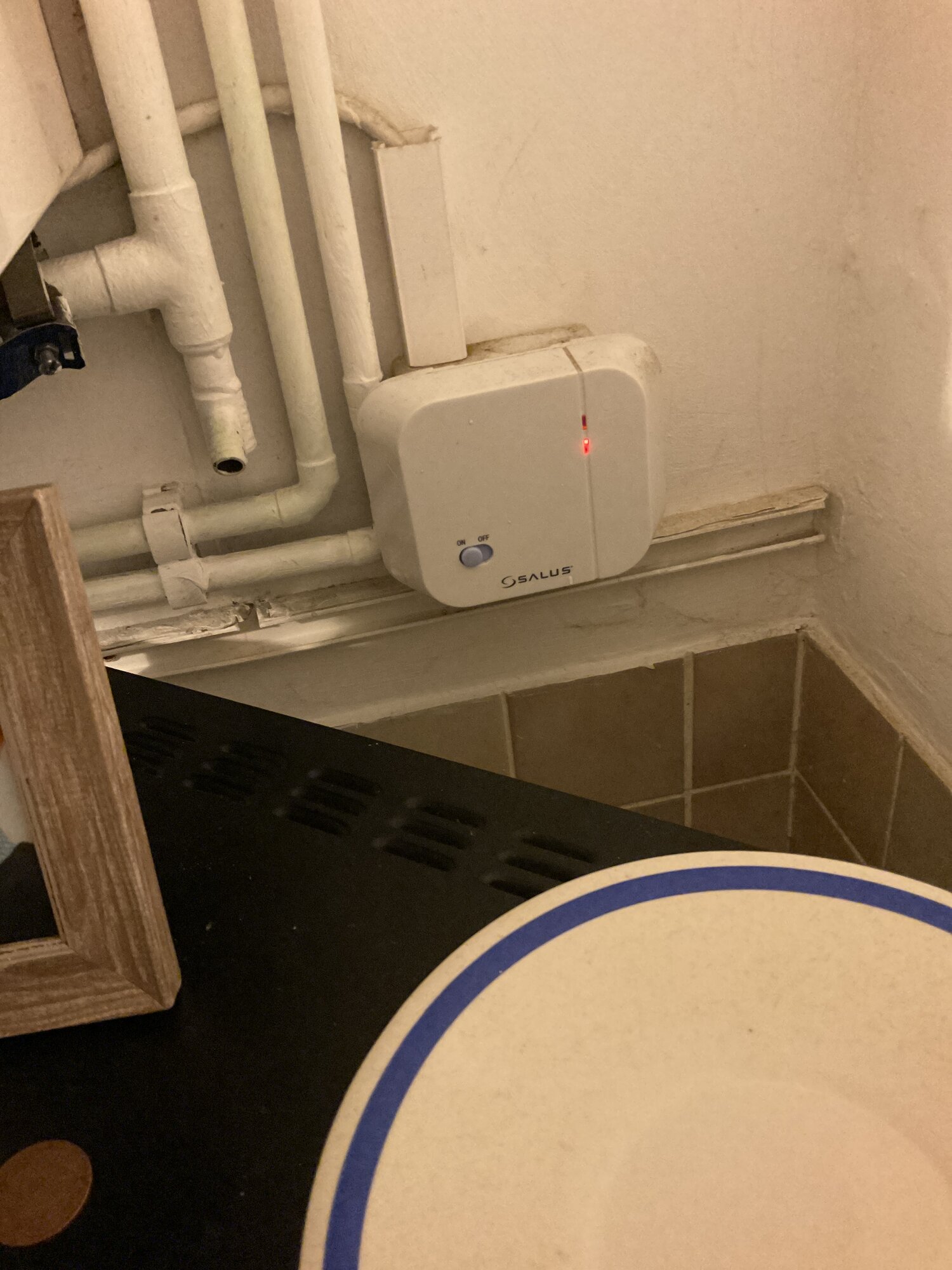The room thermostat will switch off all of the radiators in the house when the set temperature is reached in the room in which it is located. Therefore, it should be in the last room to get warm. Understand this concept and you will be able to work out the best location for your home.
Because properties are different in use, orientation, construction size etc., it's not possible to say your thermostat should be located here or there. But consider the following.
Do not locate the thermostat in a room where it will be subject to other heat sources such as cooking appliances, used fireplaces, or sunlight. Any extra heat that warms up the room where the thermostat is located, will switch off the thermostat, and all of the radiators in the rest of the property.
It should be located in an open space to allow air to circulate freely around it so that it senses the true ambient temperature of the room in which it is located, not stuck in a corner, behind curtains or furniture, or subject to drafts.
Do not fit a TRV to the radiator in the room where the thermostat is located. if you do, it could turn off the radiator before the temperature set on the room thermostat is reached. In this event, the room thermostat will never turn off, and so there is no point in having it. [Some will fit a TRV, and either remove the sensor head or leave it set on maximum, but at some point no doubt someone would turn it down, so personally I would not fit one in the first place]
Fit TRV's to all other radiators to prevent the other rooms overheating
Ideally it should be in a place that is the last room to warm up, so that the radiators remain 'on' in all of the other rooms first to allow them to heat up before the main thermostat starts turning the whole system off. You may have to downsize the radiator in the room where it is located to achieve this.




